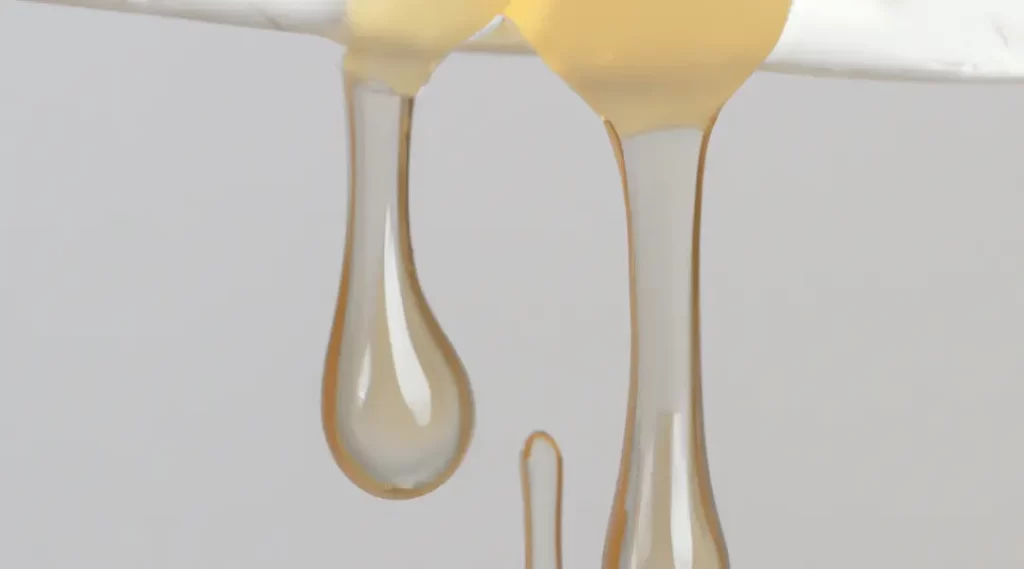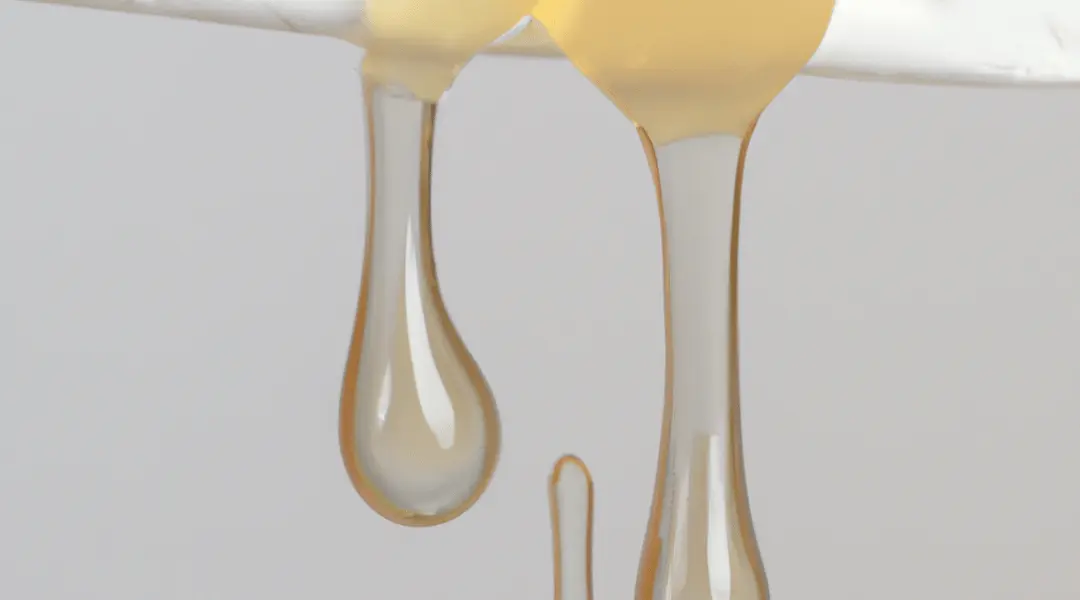Glue, also known as adhesive, is a substance used to bind two surfaces together. It is widely used in various industries, such as construction, woodworking, and automotive. The melting point of glue is an important factor to consider when selecting the right adhesive for a specific application. In this blog post, we will discuss different types of glue melting points that you must know.
Let’s dive into this peculiar topic and uncover the taste, health risks, and even unique uses of glue beyond its intended purpose.
Different Glue With their Melting Points

Hot Melt Glue
Hot melt glue, also known as thermoplastic adhesive, is a type of glue that is applied in a molten state and solidifies upon cooling. The melting point of hot melt glue ranges from 120°C to 180°C, depending on the type of polymer used. Hot melt glue is commonly used in packaging, bookbinding, and woodworking.
Hot melt glue is preferred for applications where a strong bond is required, and a fast setting time is essential. However, it is not suitable for high-temperature applications, as it can soften or melt at high temperatures.
Some common types of hot melt glue include ethylene-vinyl acetate (EVA), polyamide (PA), and polyolefin (PO).
Cyanoacrylate Glue
Cyanoacrylate glue, also known as super glue, is a type of glue that sets quickly upon contact with moisture. The melting point of cyanoacrylate glue is around 85°C to 95°C, which is relatively low compared to other types of glue. Cyanoacrylate glue is commonly used in electronics, jewelry making, and automotive.
Cyanoacrylate glue is preferred for applications where a fast setting time is essential, and a strong bond is required. However, it is not suitable for porous surfaces, as it can form a weak bond.
Some common types of cyanoacrylate glue include ethyl cyanoacrylate, methyl cyanoacrylate, and butyl cyanoacrylate.
On What Temperature Super Glue Melt
Epoxy Glue
Epoxy glue is a type of glue that consists of two components, a resin and a hardener, which are mixed together to form a strong and durable bond. The melting point of epoxy from 120°C to 150°C, depending on the type of resin used. Epoxy glue is commonly used in construction, automotive, and woodworking.
Epoxy glue is preferred for applications where a strong and durable bond is required, and high-temperature resistance is essential. However, it has a long curing time and requires proper ventilation during application.
Some common types of epoxy glue include bisphenol A (BPA), bisphenol F (BPF), and novolac.
Polyurethane Glue
Polyurethane glue, also known as PU glue, is a type of glue that reacts with moisture to form a strong and flexible bond. The melting point of polyurethane glue ranges from 120°C to 150°C, depending on the type of polymer used. Polyurethane glue is commonly used in construction, woodworking, and automotive.
Polyurethane glue is preferred for applications where a strong and flexible bond is required, and high-temperature resistance is essential. However, it has a long curing time and requires proper ventilation during application.
Some common types of polyurethane one-part and two-part formulas.
Silicone Glue
Silicone glue is a type of glue that is made of silicone polymer and is used in various applications, such as sealing and bonding. The melting point of silicone glue ranges from 200°C to 300°C, depending on the type of polymer used. Silicone glue is commonly used in construction, automotive, and electronics.
Silicone glue is preferred for applications where high-temperature resistance and flexibility are required. However, it has a long curing time and requires proper ventilation during application.
Some common types of silicone glue include acetoxy and neutral cure.
Contact Cement Glue
Contact cement glue is a type of glue that is applied to both surfaces to be bonded and allowed to dry before the surfaces are joined together. The melting point of contact cement glue ranges from 70°C to 90°C, depending on the type of polymer used. Contact cement glue is commonly used in construction, woodworking, and automotive.
Contact cement glue is preferred for applications where a strong and permanent bond is required. However, it has a strong odor and requires proper ventilation during application.
Some common types of contact cement glue include neoprene and rubber-based formulas.
PVA
PVA glue, also known as white glue, is a type of glue that is made of polyvinyl acetate and is used in various applications, such as woodworking and paper crafts. The melting point of PVA glue is around 60°C to 70°C, which is relatively low compared to other types of glue.
PVA glue is preferred for applications where a non-toxic and easy-to-clean adhesive is required. However, it is not suitable for high-stress or high-temperature applications.
Some common types of PVA glue include school glue and carpenter’s glue.
Conclusion
In conclusion, the melting point of glue is an important factor to consider when selecting the right adhesive for a specific application. Different types of glue have different melting points, which can affect their performance in different environments. It is essential to understand the melting point of glue to ensure that the right adhesive is selected for the job.
